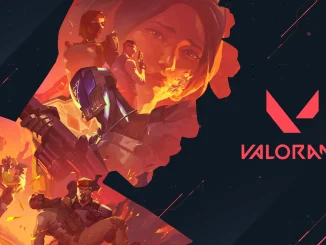
Valorant: Taktik FPS Tim dengan Agen Unik dan Kompetisi Global
Valorant memperkenalkan sistem agen—setiap karakter punya kemampuan unik seperti smoke, stun, heal, atau teleport. Agen dibagi dalam empat kategori utama: Duelist (pembunuh), Controller (kendali medan), […]
